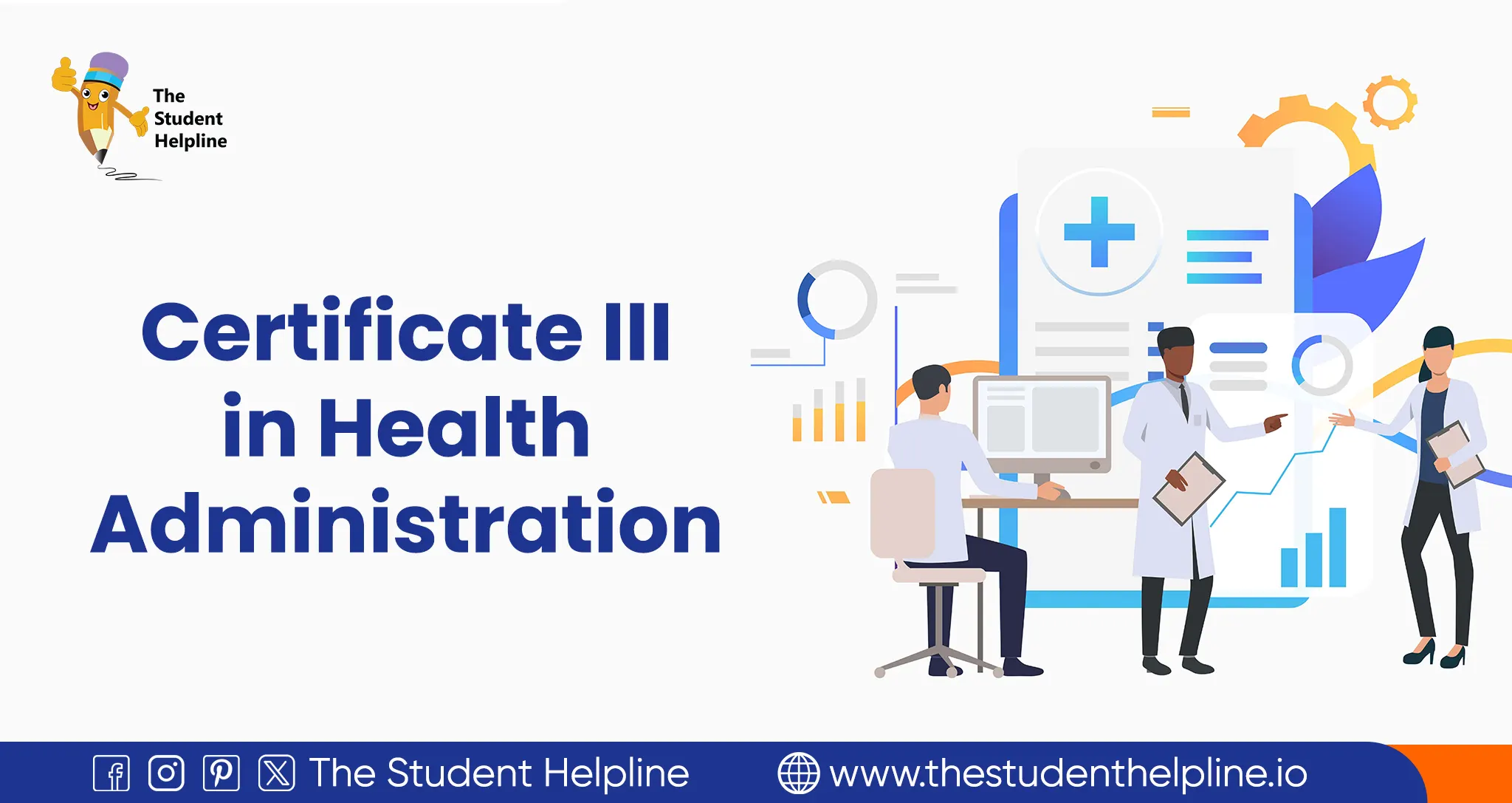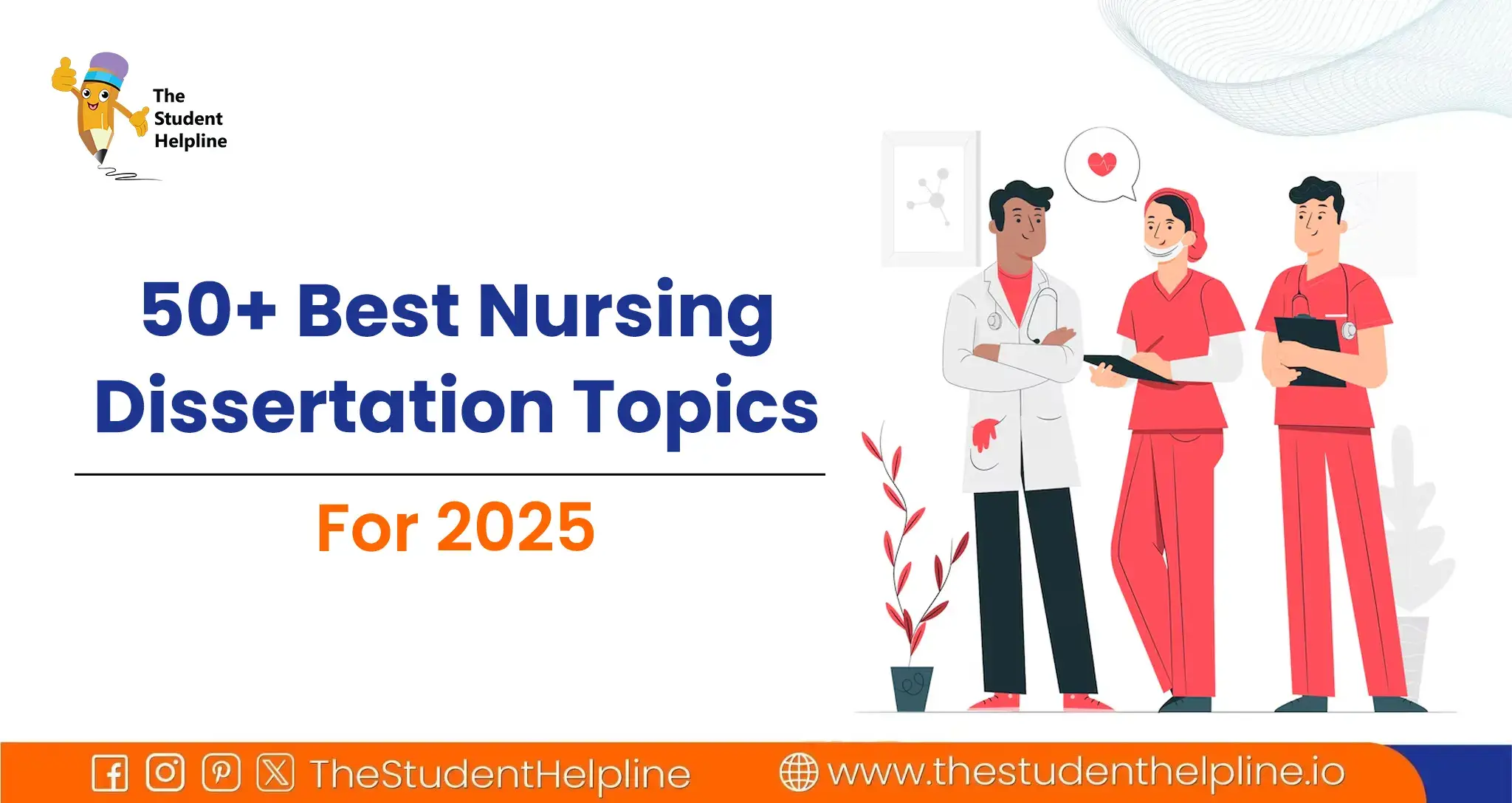DCHS9 Safeguarding And Protection In Care Settings Questions:
Understand the Principles of Safeguarding Adults.
Answers:
Explain the Term Safeguarding.
The term safeguarding refers to looking after the rights, health, and safety of vulnerable individuals. It involves protecting vulnerable adults from abuse and ensuring that they have the right to a safe environment and life. Safeguarding also means protecting vulnerable individuals from suffering neglect and ensure to uphold their quality of life.
As a care worker, one must always ensure to fulfil their responsibilities on time. Not fulfilling the responsibilities also means that one is knowingly harming others or risking their lives. It is also the responsibility of the care worker to not neglect if he has come across any kind of symptoms of abuse in the individual he is working with. The other role and responsibilities include being aware of the policies and procedures, knowing how to identify the symptoms of abuse, protecting others, and not harm or neglect others.
Define the Following Terms:
- Physical abuse refers to when an individual's body is injured or hurt due to some kind of physical assault, hitting, slapping, or pushing.
- Domestic abuse refers to any incident of abuse between two people who have an intimate relationship with each other barring age, gender, or sexuality.
- Emotional/ psychological abuse refers to when a person is pushed to feel unloved, worthless, and uncared for. It includes emotional abuse, threats of harm or abandonment, deprivation of contact, humiliation, blaming, controlling, intimidation, coercion, harassment, verbal abuse, cyberbullying, isolation or unreasonable and unjustified withdrawal of services or supportive networks.
- Modern slavery refers to practices that involve slavery, human trafficking, and forced labour and domestic servitude. Traffickers and slave masters use different means to forcefully keep the individuals as a slave under a lifetime of servitude, the life of abuse, and inhumane treatment.
- Discriminative abuse refers to an individual or group being treated unequally because of characteristics identified in the Equality Act 2010.
- Institutional /organisational abuse happens where services provided are focused on the needs of the organisation. It can be through neglect or poor professional practice as a result of the structure, processes, policies, and practices of the organization.
Describe Harm
Harm refers to ill-treatment (including sexual abuse, exploitation, and forms of ill-treatment which are not physical); the impairment of Public health (physical or mental) or development (physical, intellectual, emotional, social, or behavioural); self-harm and neglect; unlawful conduct which adversely affects a person's property, rights or interests (for example, financial abuse)
Physical Abuse- unexplained injuries that have not been treated. These injuries can be of different ages and at different places. For instance, broken bones, bruises, unexplained loss of clumps of hair bite, burn or scald marks.
Domestic Abuse- These injuries can be of different ages and at different places. For instance, broken bones, bruises, unexplained loss of clumps of hair bite, burn or scald marks.
Sexual Abuse- Pain, sores, and bruising around the inner thighs and genital, anal, or breast areas. Bloodstained underwear.
Emotional/ Psychological Abuse- Anxiety, Lack of confidence, Low self-esteem, Disturbed sleep. financial/material abuse Bills not being paid.Expenditure is higher than the living conditions suggest.
Modern Slavery- Signs of physical or psychological abuse, being malnourished or unkempt, appearing withdrawn.
Institutional/ Organisational Abuse- Poor care standards, Rigid routines, Lack of staff, learning, development, and support.
Self-Neglect- malnutrition, dehydration, bedsores, dirty clothing, and bedding taking the wrong dosage of medication.
1. Factors that may contribute to an individual being more vulnerable to abuse can be categorized into personal factors and societal factors.
The personal factors include- not having the mental capacity to make decisions for the safety of self, difficulty in communication, being physically dependent on others for care and support, the experience of abuse in the previous relationship or childhood, and low self-esteem The societal factors may include- Being cared for in a care setting, that is, being dependent on others. Isolation and social exclusion. Stigma and discrimination. Lack of access to information and support. Being the focus of anti-social behaviour.
2. Explain the actions to take if there are suspicions that an individual is being abused.
If there are suspicions that an individual is being abused, one must start by noticing the sign of physical abuse on the individuals skin, any behavioural change in the individual should not be neglected and observed very closely. After this, it is important to ask the individual as to what happened and ensure his safety. Once the suspicion is confirmed, all the policies and procedures must be followed to ensure the legislation related to abuse are complied with and the matter is timely reported to the concerned authorities. It is important that one treats all the suspicions seriously, be an active listener, and be respectful towards the individual concerned. The reporting of the abuse must be done as per the organizational policies and procedures, and a written report for the same must be documented properly.
3. Unsafe practices usually occur when the employer's policies and procedures are not followed properly.
These May Include:
- Not following an individual's care plan
- Incorrect usage of equipment Not involving an individual in their care planning may lead to hurting the self-confidence of the individual
- Poor hygiene could lead to the spread of infection
- Keeping an untidy work environment
4. If some unsafe practices have been identified, it is important to immediately report them to the concerned authority.
The reporting procedure as specified in the employer's agreed ways of working must be followed. If possible, one must do his best to remove the hazard and make the place as safe as possible. For instance, if there is some kind of leakage, then one must try to clear the place and inform the employer immediately so that the leakage could be fixed and accidents could be prevented.
5. Describe the actions to take if suspected abuse or unsafe practices have been reported but nothing has been done in response.
If suspected abuse or unsafe practices have been reported but no action has been taken, it is first suggested to take a follow-up and know the current situation. Then one may escalate the matter to the superior authorities. If still there is no response then one may act as a whistleblower by reporting the incident to the external authorities such as the local organizations, police, social services, and others. Understand principles for online safety.
Describe the Potential Risks Presented by:
- The use of electronic communication devices- devices can be stolen leading to financial theft and identity theft.
- The use of the internet- Fake news, posting unreliable information that causes panic in people
- The use of social networking sites- unknowingly connecting with cons and frauds on social networking sites, cyber bullying, sexual exploitation,
- Carrying out financial transactions online- hacking of the financial account, unauthorized transactions, money theft
6. Explain ways of reducing the risks presented by each of these types of activity.
Online sources have no doubt made our lives very easy however they also pose great threats as discussed above. Therefore, it is important that one takes all the necessary precautions to prevent risks associated with online communication and transactions.
The following ways can be used to reduce the risks presented by online activities:
- Raising awareness regarding online security
- Keeping the devices up to date with the latest anti-virus
- Not let anyone use your devices
- Make only trusted friends online and not give in to the lucrative offers presented by complete strangers.
- Do not share your password with anyone or save your password on someone else's device
- Report immediately in case of device theft
- Always log out from a publicly used device and keep your devices locked with strong passwords if not using them
7. It is very important to balance between adopting measures for online safety against their benefits to the individuals one works for.
It is important to know that using online sources has its benefits as well as risk and denying someone the usage of online sources just because it has some risks attached to it would undermine their rights. Online devices, sources, and apps can help people communicate with each other and stay in touch which can subsequently help in improving their condition. In such circumstances, the best way to balance is to ensure that the individual using the devices are sensitized about the risks and are educated to safely use them. Also, it is advisable that the individuals have online access under some expert supervision. In this way, the online safety and the fulfilment of the right of the individuals will be ensured properly.
Must Also Read: NURS1025 Person Centred Care Across Lifespan
Topics of Safeguarding And Protection In Care Settings by Expert
| Responsibility of a Care Worker |
Personal Development in Care Setting |
Clinical Nursing |
| Equality and inclusion in Care Settings |
Communication in Care Settings |
Safeguarding and protection in care settings |
| Mental Health Nursing |
Handle Information in Care Settings |
Implement Person Centred Approaches in Care Settings |



 Australia
Australia USA
USA United Kingdom
United Kingdom Canada
Canada Malaysia
Malaysia Singapore
Singapore Hong Kong
Hong Kong Qatar
Qatar UAE
UAE Saudi Arabia
Saudi Arabia Kuwait
Kuwait Bahrain
Bahrain Oman
Oman Jordan
Jordan New Zealand
New Zealand Ireland
Ireland











